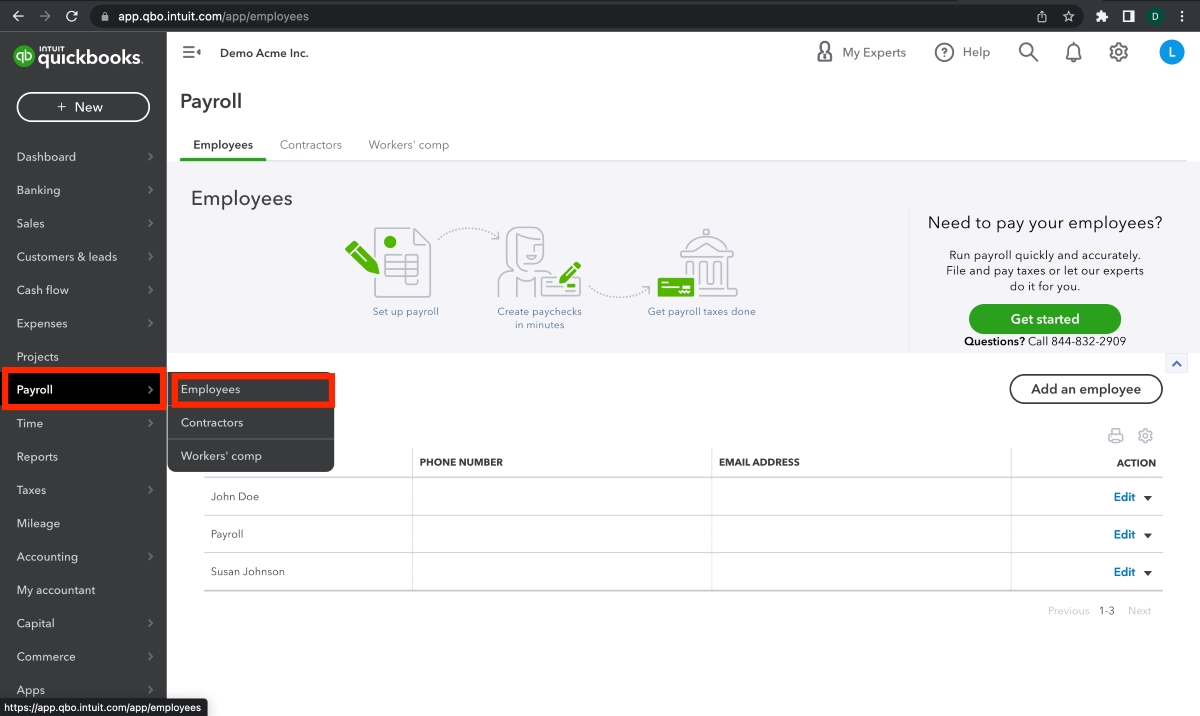

Finance
Comprehensive Tax Allocation Definition
Published: October 31, 2023
Looking for a simple yet detailed tax allocation definition in the finance domain? Our comprehensive guide will provide you with all the information you need.
(Many of the links in this article redirect to a specific reviewed product. Your purchase of these products through affiliate links helps to generate commission for LiveWell, at no extra cost. Learn more)
Understanding Comprehensive Tax Allocation: A Guide to Optimizing Your Finances
Welcome to our FINANCE blog category! In this post, we will explore the concept of comprehensive tax allocation, an essential strategy for optimizing your finances. If you’ve ever wondered how to minimize your tax liability and make the most of your hard-earned money, you’re in the right place.
Key Takeaways:
- Comprehensive tax allocation is a strategic approach to managing your finances that focuses on minimizing tax obligations and maximizing your financial gains.
- By diversifying your investments across different tax-advantaged accounts and strategically allocating taxable and tax-exempt investments, you can effectively reduce your overall tax burden.
When it comes to financial planning, taxes play a significant role. Understanding how to utilize comprehensive tax allocation can make a substantial difference in your financial well-being. Let’s dive in and explore this concept further.
What is Comprehensive Tax Allocation?
Comprehensive tax allocation is a strategy that involves the careful distribution of your investments across various accounts, taking into consideration the tax implications of each. By strategically allocating your investments, you can potentially reduce the amount of taxes you owe.
The goal of comprehensive tax allocation is to optimize your earnings by minimizing your overall tax liability. It involves diversifying your investments across tax-advantaged accounts, such as Individual Retirement Accounts (IRAs), 401(k)s, and Health Savings Accounts (HSAs), while also considering taxable accounts and tax-exempt investments.
The Benefits of Comprehensive Tax Allocation
Now that you understand the concept of comprehensive tax allocation, let’s explore the benefits it can offer:
- Minimization of Taxes: By allocating your investments strategically, you can reduce your overall tax liability, thereby maximizing the amount of money you keep in your pocket. This allows you to make the most of your earnings and achieve your financial goals faster.
- Long-Term Savings: Comprehensive tax allocation enables you to plan for the long term. By utilizing tax-advantaged accounts, such as IRAs and 401(k)s, you can benefit from potential tax deferral or tax-free growth, leading to greater savings over time.
How to Implement Comprehensive Tax Allocation
Implementing comprehensive tax allocation involves thoughtful planning and coordination. Here are some steps to get started:
- Assess Your Financial Situation: Understand your current financial standing, including income sources, investments, and tax obligations. This will help you identify potential tax-saving opportunities.
- Identify Tax-Advantaged Accounts: Determine which tax-advantaged accounts align with your financial goals and take advantage of their benefits. Examples include IRAs, 401(k)s, and HSAs.
- Allocate Investments Strategically: Diversify your investments across taxable and tax-advantaged accounts based on your tax-efficient investment strategy. Consider factors like tax brackets, investment time horizons, and anticipated future tax rates.
- Monitor and Adjust: Regularly review and adjust your comprehensive tax allocation strategy as needed. Changes in tax laws, personal circumstances, and financial goals may require adjustments to optimize your financial situation.
It’s important to note that comprehensive tax allocation strategies should be tailored to individual circumstances. Consulting with a financial advisor or tax professional can provide personalized guidance to help you make informed decisions and maximize your tax benefits.
Conclusion
Comprehensive tax allocation is a powerful tool that can help you optimize your finances and minimize your tax liability. By strategically diversifying your investments across various tax-advantaged and taxable accounts, you can create a more tax-efficient financial plan.
Remember, financial planning is not a one-size-fits-all approach. Each individual’s circumstances and goals are unique. Implementing comprehensive tax allocation requires careful consideration and expert guidance to ensure it aligns with your specific financial objectives.
If you’re ready to take control of your finances and maximize your tax benefits, consider incorporating comprehensive tax allocation into your financial planning strategy. Start by assessing your current financial situation and seek professional advice to develop a personalized plan that works for you.














